As if finding out that the roll bar was rusting underneath the clear coat and that the front bumper was the wrong shade of color was not enough bad news, I shorted out and killed the light relays. It was certainly difficult to stomach the list of failures that piled on all at once, but in the broader scope, it’s actually better things happened this way. Now I’m given the opportunity to iron out all of these issues in one sweep, which is far preferable to addressing them one by one at different intervals. The way I see it, time won’t stop for you to wallow in despair or fume in pessimism, you simply have to grab the reins and keep it moving.
When I gave the car a wash to rinse off all the dust that collected during the downtime of the AiM Dashlogger and interior project, water collected into the front relay box. This definitely occurred when I was spraying down the inside of the front air dam and radiator opening. When I drove back home, I noticed my daytime running lights were flickering and later became unresponsive. The lights then grew a habit of turning themselves on randomly. So I disconnected the battery and added the relays onto the to-do list.
Mazda uses 2 identical relays to control the light system and houses them, among others, in a rectangular box at the front. Back during the Single Turbo days, I inverted this relay box underneath the hood support to clear the V-Mount, as many do. In hindsight, I should have at least drilled a few water drainage holes into the lid. Unplugging the light relays and inspecting their terminals gave a quick confirmation to the diagnosis…
I could have just replaced the relays with new ones and called it a day, but I transitioned into a larger scale electrical cleanup project. The leftovers in the factory wiring become a problem when obviating many components and performing an engine swap. All of the other relays sitting in the rectangular box, aside from the 2 light relays, were inactive and no longer necessary. I discombobulated the relay box until I was left with only the 2 connectors that went into the light relays.
The goal was to relocate the light relays somewhere out of danger from the elements so the same problem would not reoccur. I decided the best location would be to simply move them into the cabin and the passenger footwell, where the ECU sat. Since I had to move the wires along the passenger wheel well, I grabbed the 2 fan relays along for the ride. This would let me remove the unsightly bracket from that area of the engine bay. I inadvertently found myself in the midst of a wire tuck. Only the main circuit box next to the driver side of the radiator will remain. In order to move the 4 total relays, I had to cut all their leads and extend them with matching gauge wires. This became a tedious feat because there were ~20 wires with a combination of 3 different gauges.
Cutting, labeling, wrapping, soldering, heat shrinking.
Back in May of last year, one of the items I wanted to revise was the fuel pump’s wiring. The fuel pump was wired directly to the battery and ignition sources, which meant it would continually stay primed with no shutoff. The fuel pump is supposed to be signaled by the ECU and prime for a set duration of time with key-on, and of course turn off when there is no longer any ECU signal. To achieve this, a full rewire was in order.
I found this diagram online that outlines what I did fairly closely.
The standalone PSI Conversion engine harness came with its own small fuse block, and contained a fuel pump relay with prewired ECU signal and ground wires (positions 85 and 86, respectively. Opposite of what the above diagram shows, but these positions on the relay are interchangeable). I just needed to run a fused 12-gauge wire from the battery/circuit box into position 30, and then another 12-gauge wire from position 87 into the fuel pump’s positive lead at the tank. The wiring I had featured thick cores, so I felt that using 10-gauge wires would have been excessive.
I invested a great deal of time combing through the factory chassis wiring harness and terminating superfluous and vestigial connectors. I methodically cut back the leads, painted the tips with liquid electrical tape, and then taped them into the loom.
All in all, the below picture shows how many dead connectors I was able to free from the car.
I’ve come to embrace electrical work rather than fear it, however, it is unquestionably a slow and cumbersome beast.
Mmmm… spaghetti.
Say hello to the best garage companion I could ever ask for, who keeps me company by patiently sitting to the side as I work through the hours.
After completing the labeled extensions of all the required relay leads, I was finally ready to bundle them together and route them through the passenger side wheel well through a conveniently located channel. I tidied everything up with more Painless PowerBraid.
Once the bundle was pushed through the firewall opening, it was time to repeat the soldering process all over again and reconnect each of the leads respectively to the relay connectors.
On some of the thicker wires, trying to twist the ends together becomes increasingly difficult. Instead, I like to keep the strands straight and “smash” them head-on into each other. I then take a length of a single strand and tightly wrap around the joint. This creates a rather strong physical bond with a slim profile and is far easier to accomplish than twisting.
For every splice, I covered with adhesive lined heat shrink, which I like better than regular heat shrink for its added protection.
Next, I ran the connecting fuel pump power wire along the passenger door sill, through the rear quarter trim, into the hatch, and inside the fuel pump cover. I bypassed the fuel pump’s factory positive wire by chopping it near the connector and splicing in my new power wire. I then exposed a section of the fuel pump’s ground wire and added an additional 12-gauge chassis ground to the T-joint.
Gratuity shot of the 6V series battery setup.
At last, the lights are now back in business and working properly, the fuel pump no longer runs continuously but instead primes for a short duration as dictated by the ECU, and the factory wiring around the car has been significantly cleaned up.
All of the wiring work required a span of numerous weekends to accomplish. I was only able to dedicated one afternoon or one evening at a time to work on the car, and even that was a sacrifice. I have to give props to those that have performed full, manual wire tucks of their engine bays, as it is no small feat.

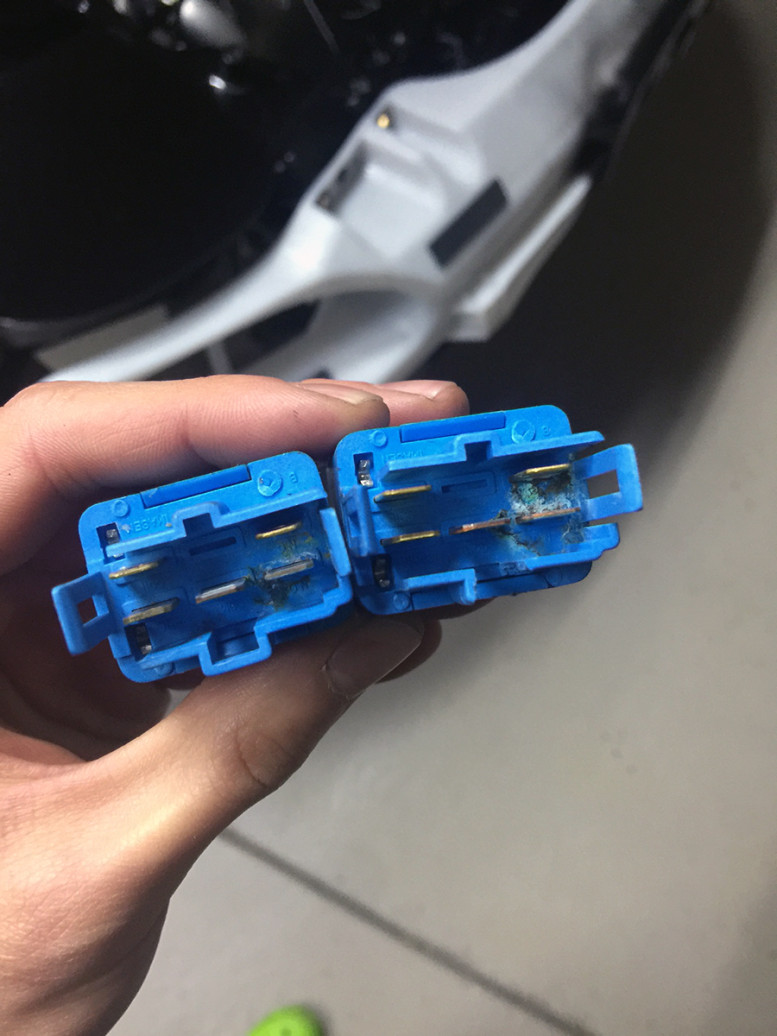
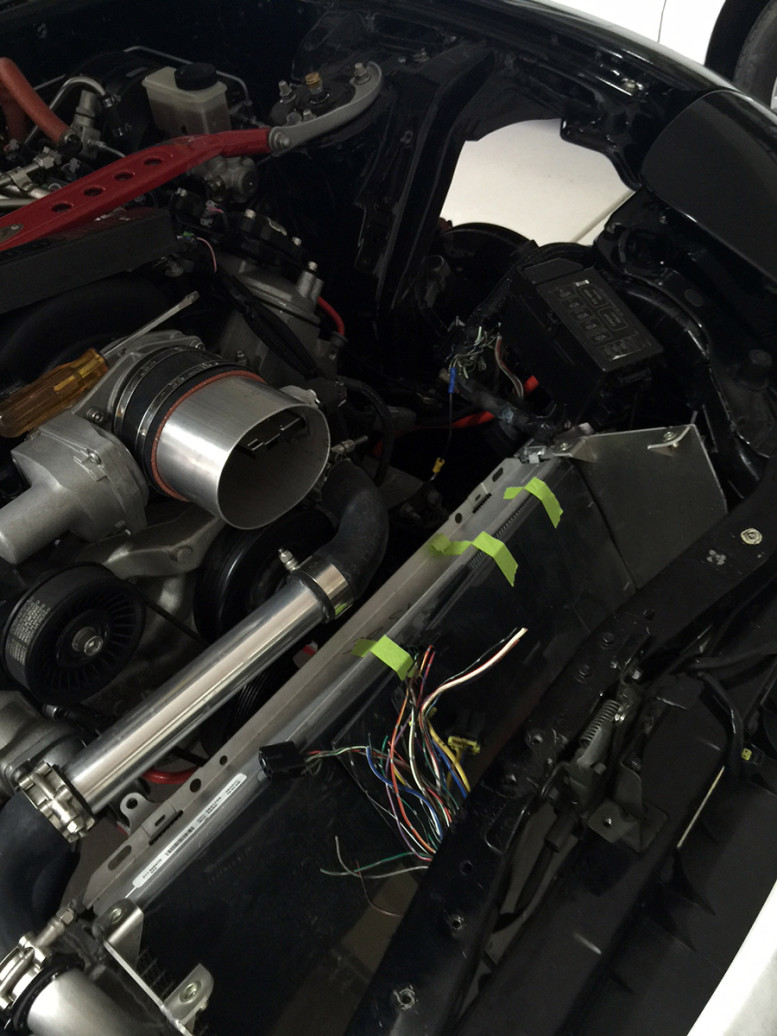
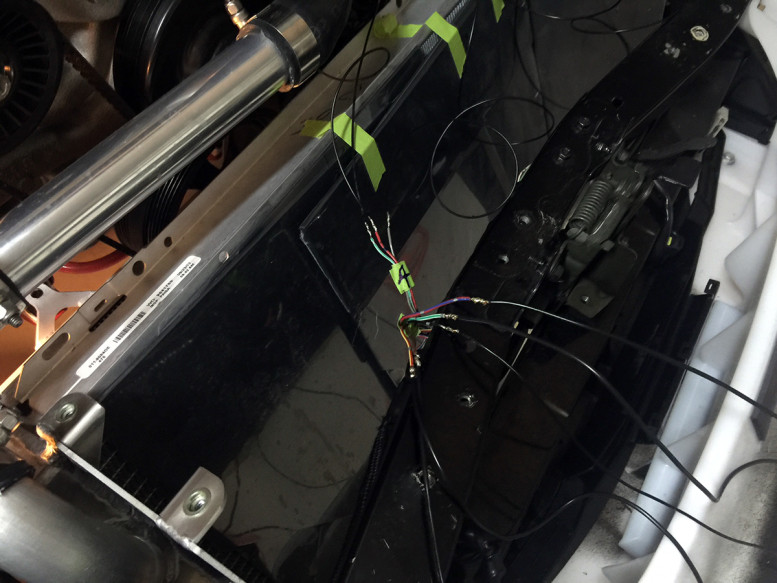
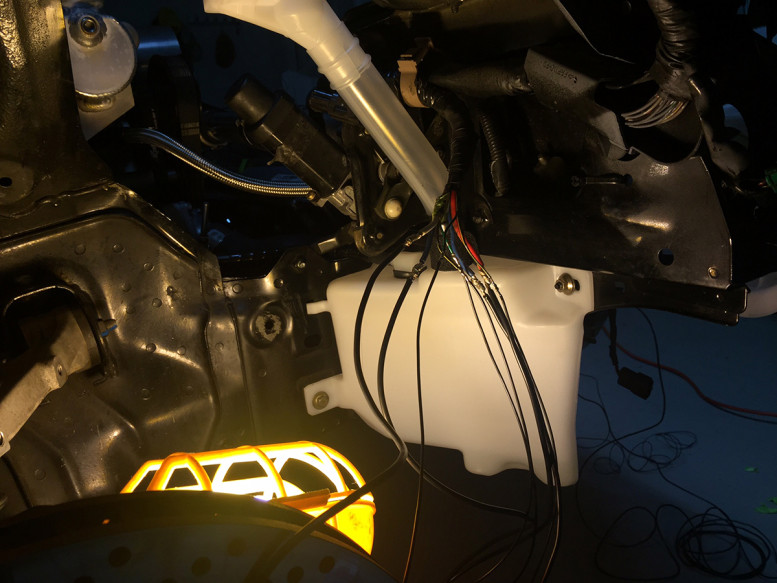
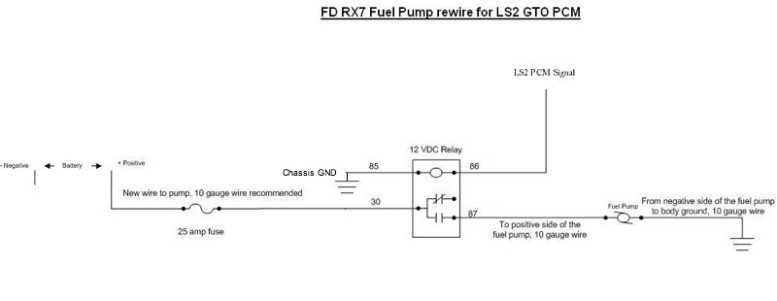
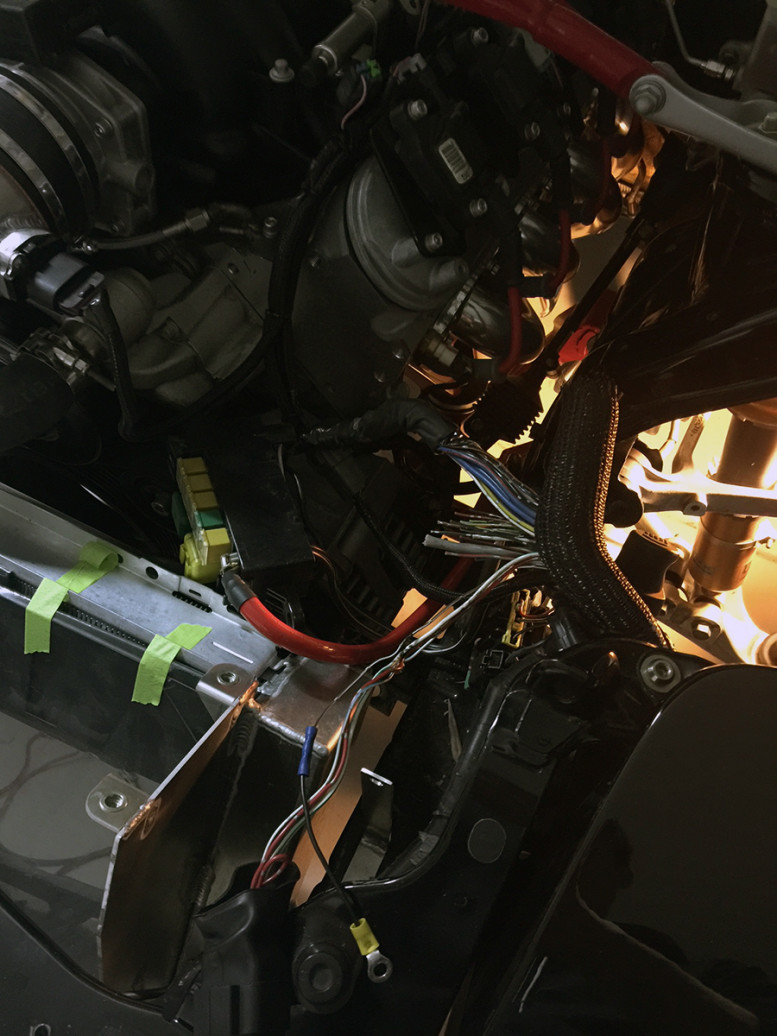
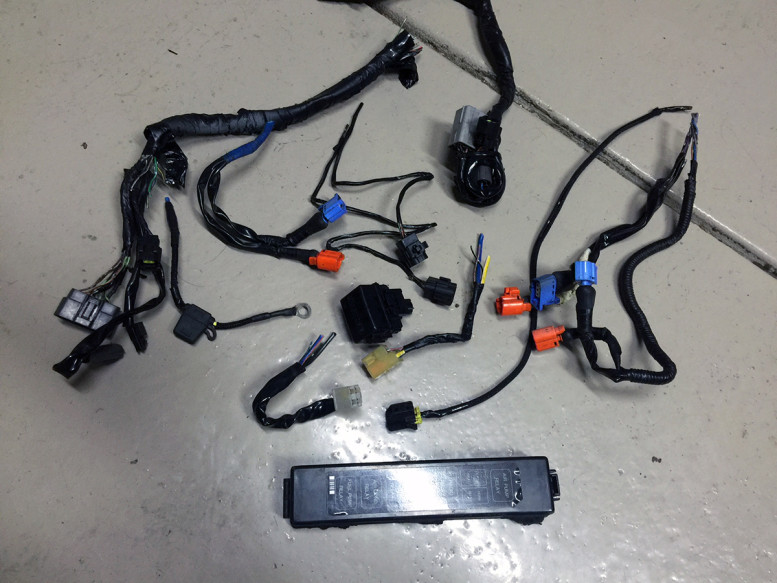
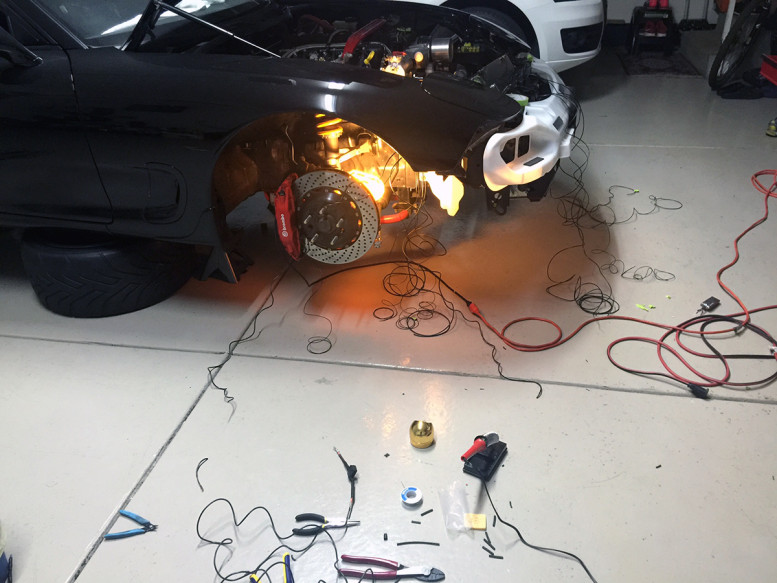


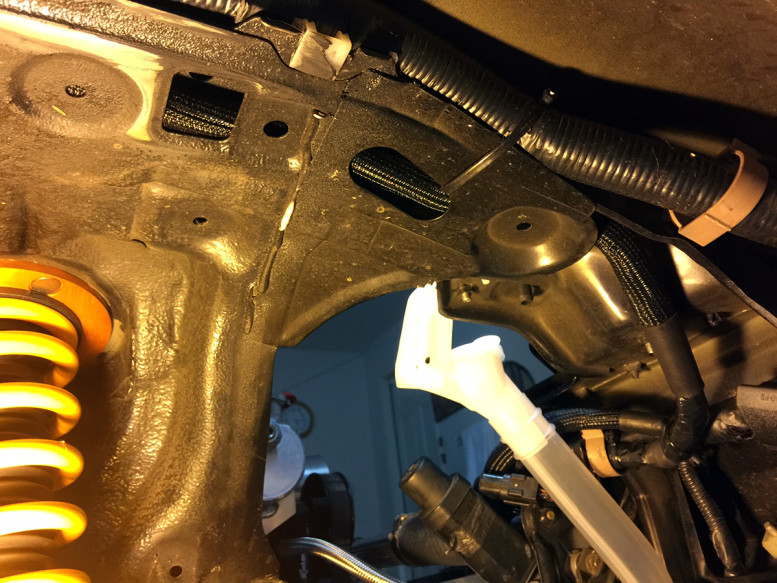
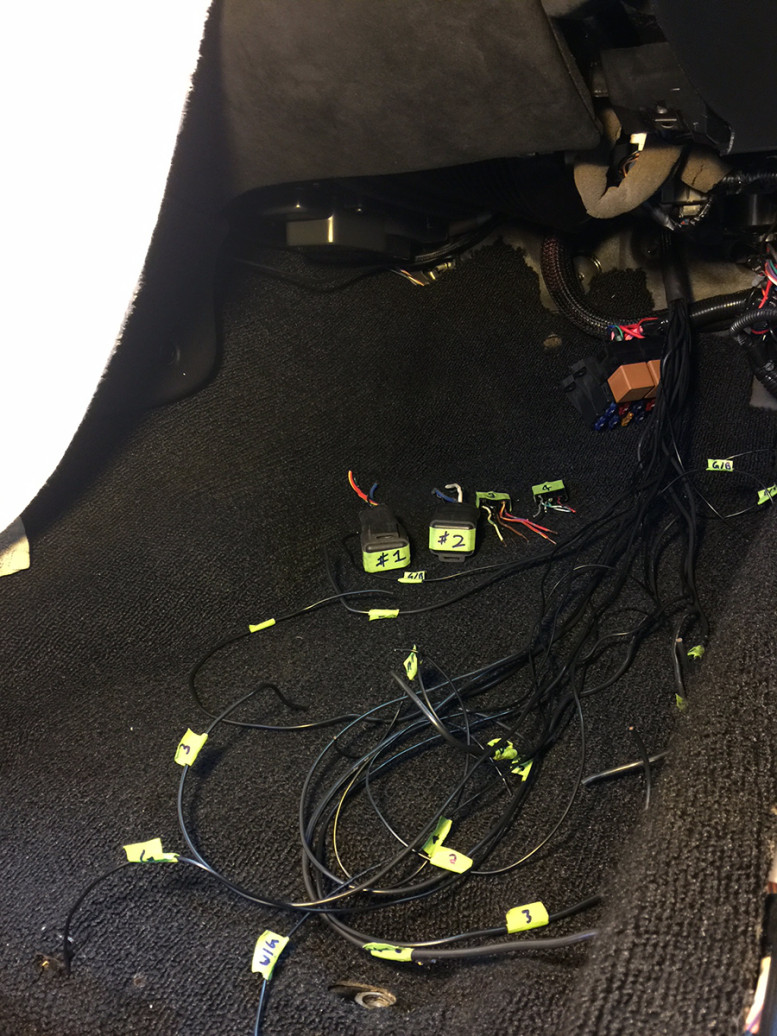
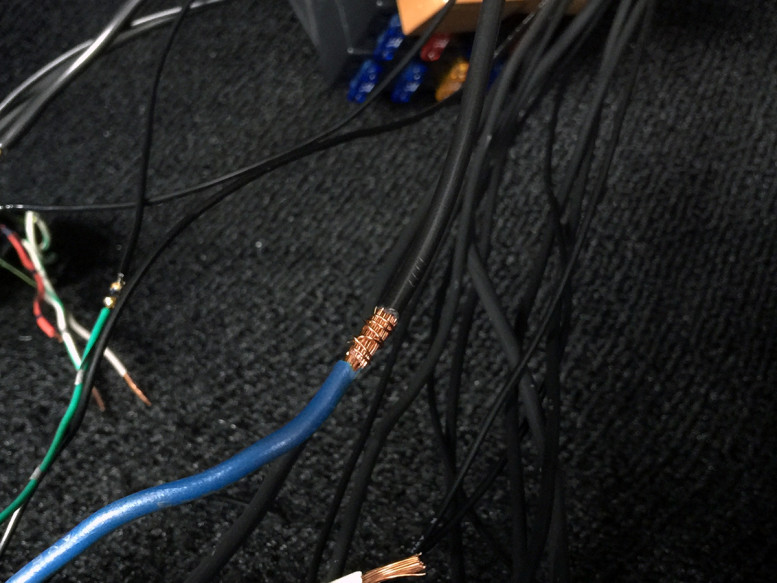
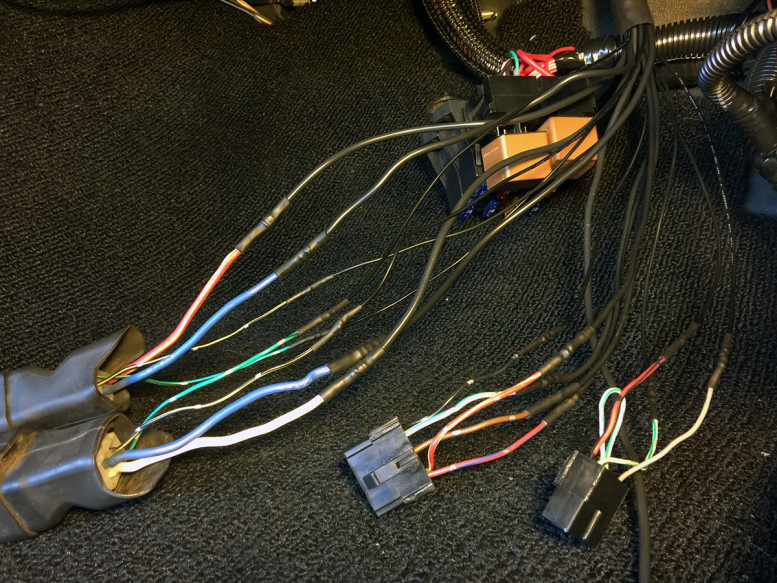
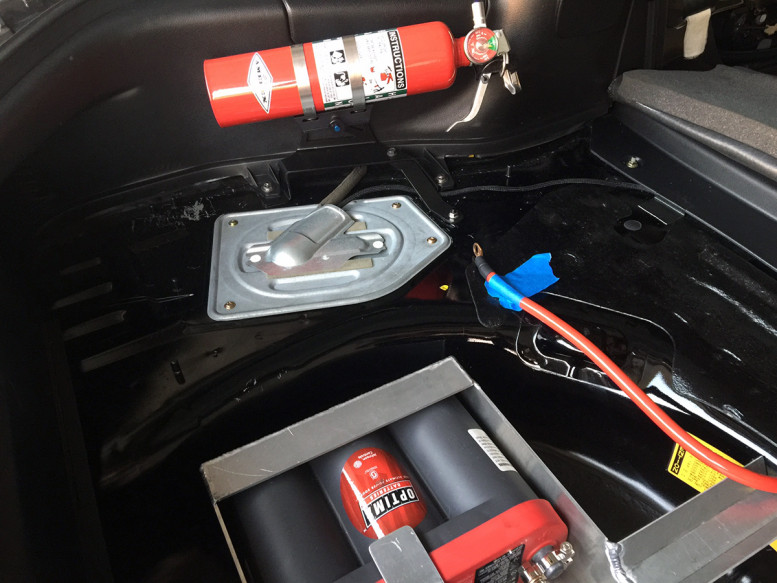
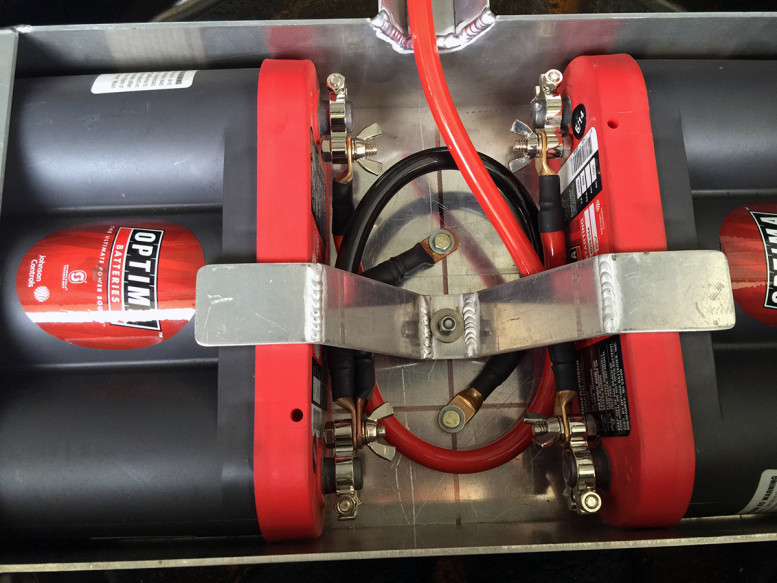
Having had to pull my entire front main and dash harnesses only to cut and clean and reinstall I can 100% sympathize with you here. You did a great job and have added another level of quality to your car. I still have to go back and solder some of the many loose wires. SMH!!! nice post man!
On another note I’m still struggling with pulling out the airbag system I feel like its one of those stock components that should stay in but its sooooo old I fear its completely worthless…
Ouch! Sounds like you still have a few more nights bent over a soldering iron ahead :( Redoing wires is no joke… even with my 40 or so connections, it still took forever to do it cleanly.
Airbags came into prominence right around the early 90s… which means its technology is relatively archaic and I rather not trust a “safety” feature that was early in its development. Airbag systems have of course come a LONG way now and are much more sophisticated with staged deployments, whereas back in the day it was essentially just a bomb, Lol.
I think the fundamentals of building a car, like its body and chassis, were established many decades ago. Similarly, it looks like the naturally aspirated combustion engine has peaked in terms of development, it seems like companies are no longer able to meet EPA regulations and obtain desired outputs, which is why companies like Porsche are all turning to turbos and alternative power systems. The broken down, more techy features of a car, like gauges, electronics, ABS, Airbags, etc., are still in progress of maturation.